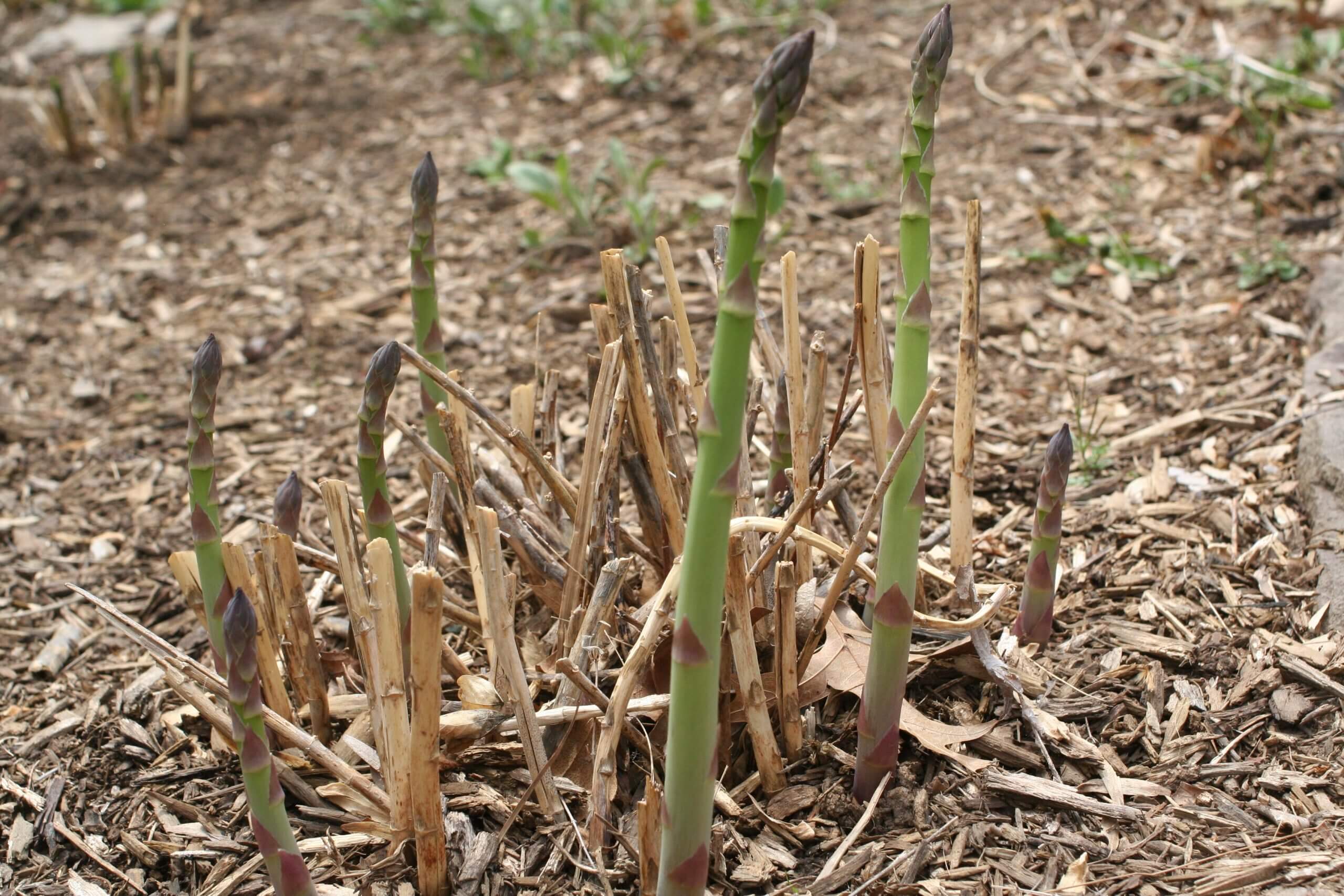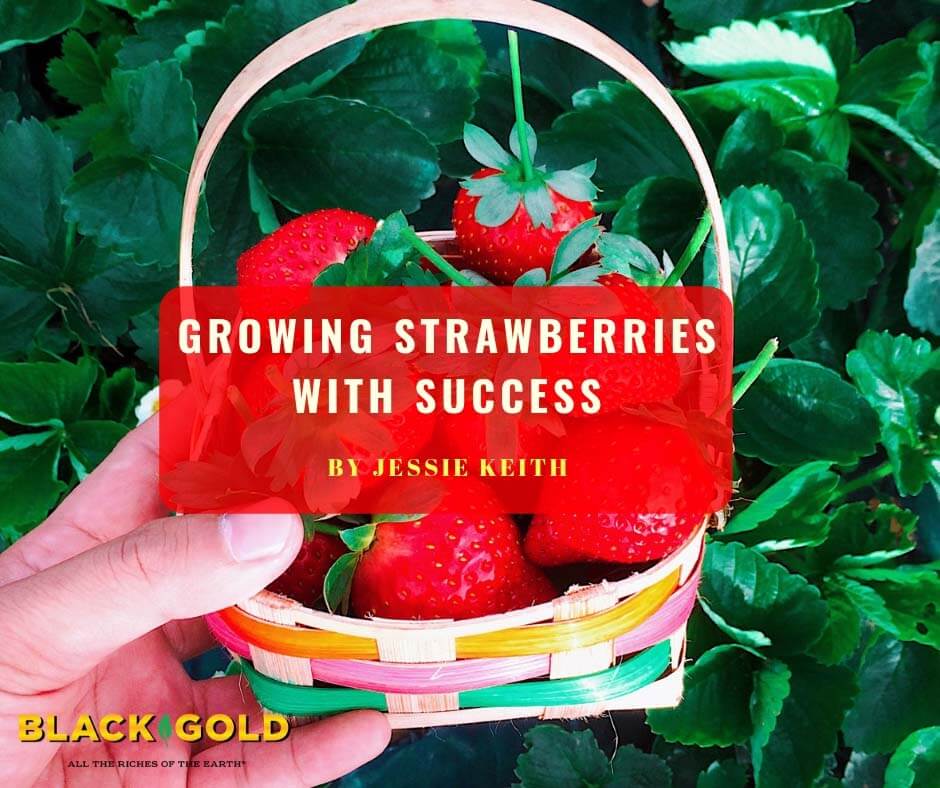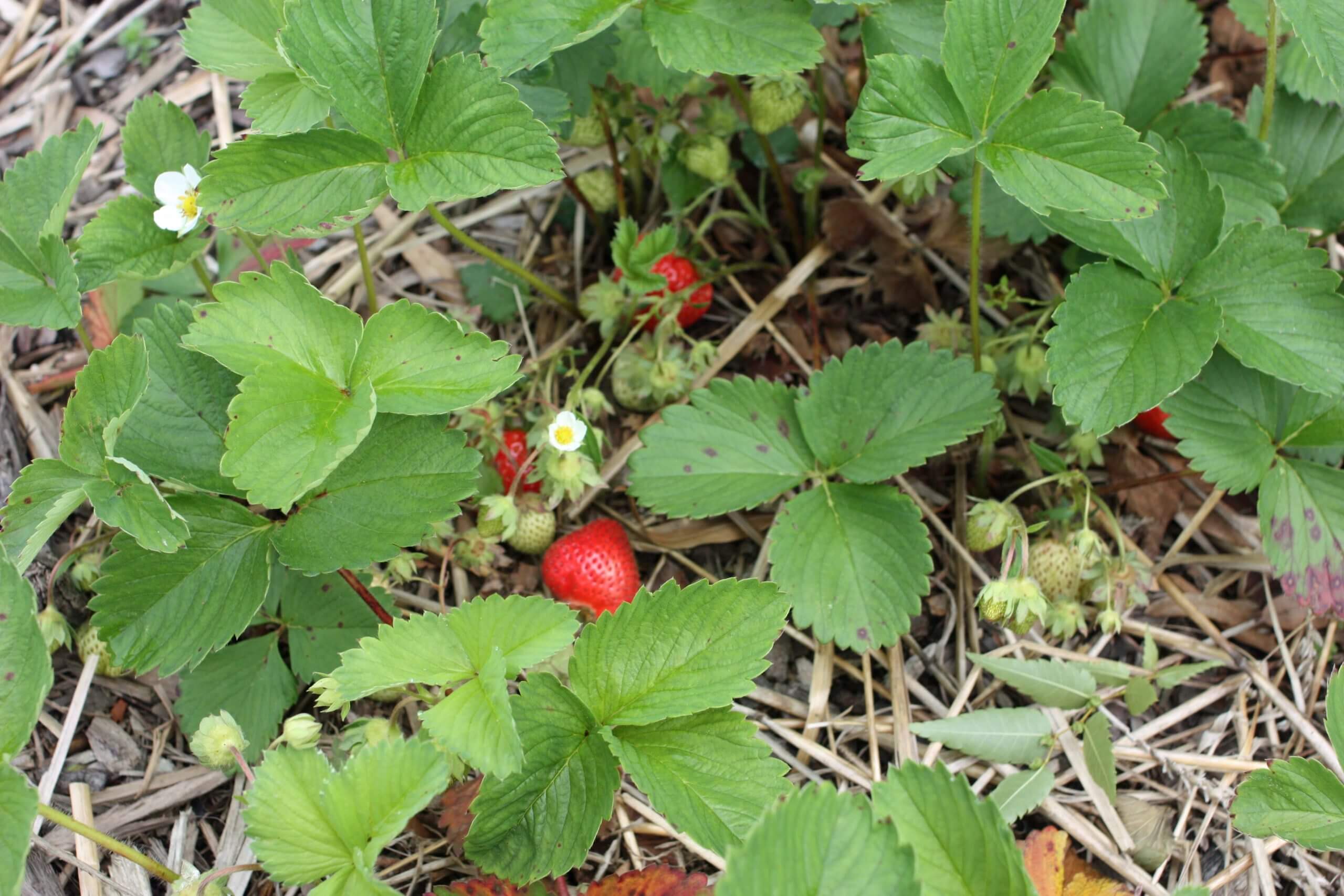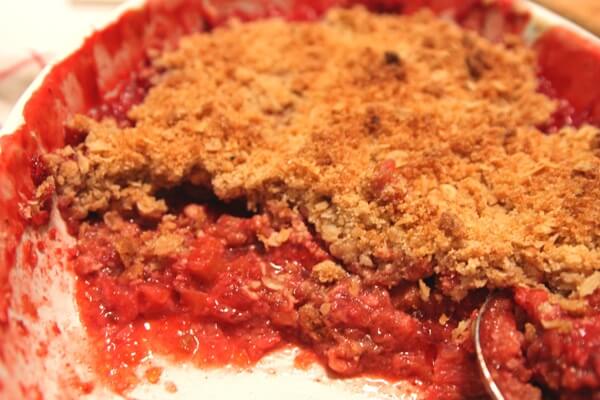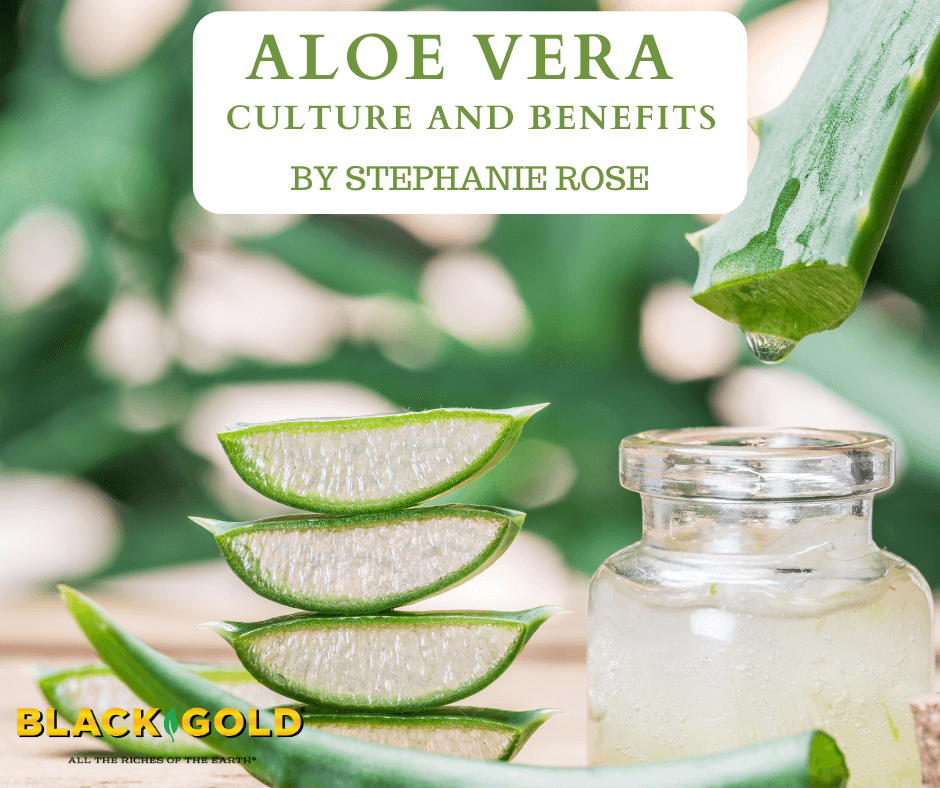
With gorgeous thick leaves and sparsely spiny edges, the aloe vera plant (Aloe vera, USDA Hardiness Zone 9-11) is renowned for its healing properties. Native to eastern and southern Africa, it is one of the oldest-known healing plants used by humans. Aloe grows wonderfully in dry regions because its succulent leaves hold moisture and make it incredibly drought-tolerant.
In temperate regions, many households, including mine, contain potted aloe vera as a house plant. It’s attractive as an indoor plant and very handy for the quick topical skin treatment of burns and scrapes. During the warm months, it is nice to bring it outdoors in a partially sunny spot where it can thrive in the fresh air and brighten a porch or patio. Southwestern gardeners have the advantage of being able to grow it outdoors as a landscape specimen. In warmer climates, the plants form robust clumps that produce spikes of reddish-orange, tubular flowers that attract hummingbirds.
One of the best things about the plant is how easy it is to grow and use medicinally. Aloe’s healing, anti-inflammatory properties are most potent when they come directly from the plant. No need to make a tincture or steep some tea in order to get treatment.
How to Care for Aloe Vera Plants
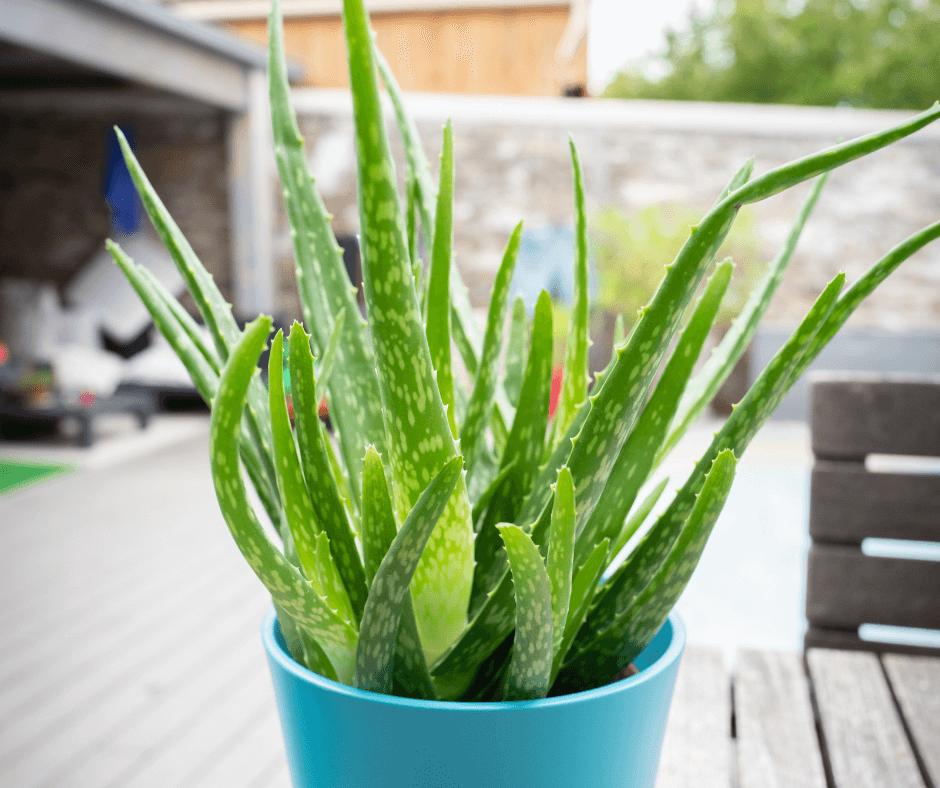
Aloe vera is a succulent in the lily family (Liliaceae) that is easy to maintain. In fact, too much attention and watering will result in an unhappy aloe. Imagine the spare water that they receive in arid, tropical Africa. They don’t need too much. (Pro growing tip: only water your Aloe vera when the soil is completely dried out. I recommend watering every two weeks or so, but this can change based on the season and growing conditions. Outdoor plants typically need more water, especially in dry climates.)
When planting, pot them up in very well-drained soil–Black Gold Cactus Mix is an ideal choice. Good pot drainage is also a necessity. Place your potted plant in a spot where it can receive bright, indirect sunlight. Aloe is one of the more low-light tolerant succulents out there, but it should still get some sunshine to keep the leaves strong and robust. Plants receiving too much sunlight tend to take on a purplish color. Too little light results in thin, floppy leaves.
Aloe Vera Benefits

The anti-inflammatory properties of Aloe vera are especially helpful for healing skin. Most know it for treating sunburns, but it also can help with frostbite, wounds, dermatitis, and other skin issues. It will also reduce redness, inflammation, and even itchiness caused by bug bites and poison ivy. (Cautionary note: It is very rare, but some people can be allergic to aloe. Test a little on your skin, and wait an hour or so to check for a reaction if you have never used it before.)
Aloe vera contains antiseptics and anti-bacterial properties, making it beneficial for treating small wounds. You can also apply it after a wound has healed to promote skin tissue repair and prevent scarring.
Outside of the skin, Aloe can be digested and work as a laxative. (Fair warning: it’s a strong laxative so use it sparingly.) Some new drinks on the market even contain Aloe vera juice, which can aid with digestion. Some studies even show the juice can help to prevent and reduce the size of kidney stones.
How to Treat a Sunburn with Aloe Vera
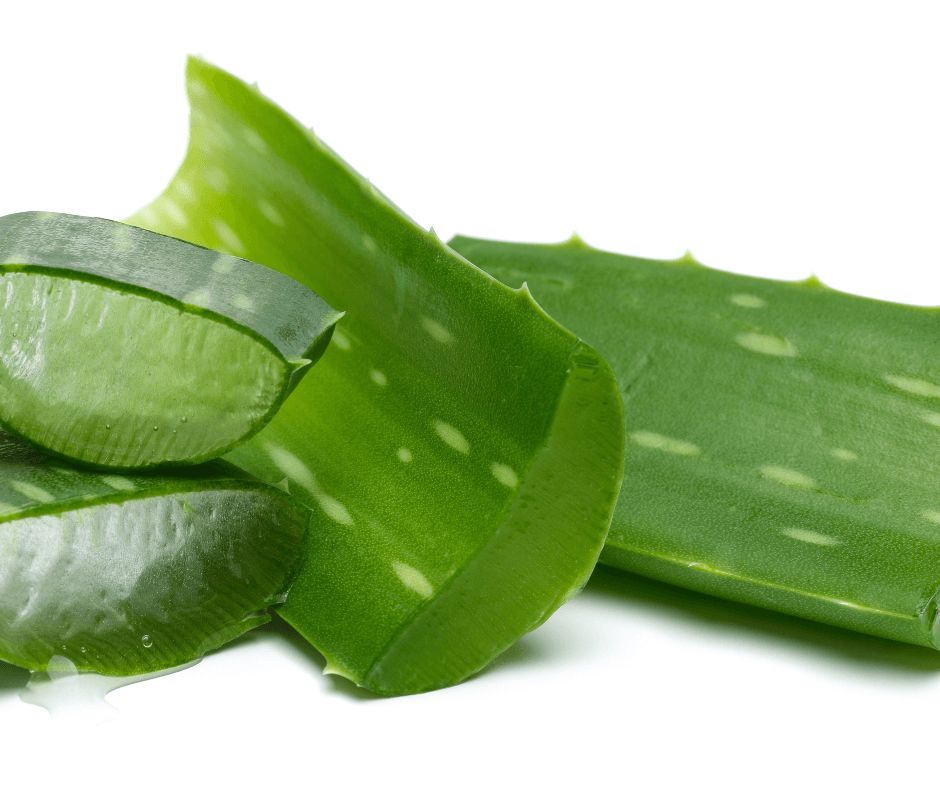
As a child, I loved playing outside and was very prone to sunburns. Obviously, it was not a great combination for summer fun. In those days, sunscreen was not available like it is today. My sunburns oftentimes kept me cooped up inside when I would rather be out playing. That was until the day my grandmother brought out the Aloe vera plant.
Placed on my sunburnt and freckled shoulders, the aloe brought my sunburn quick relief. I also saw the sunburns fade much quicker. Here are four steps to getting sunburn relief from an Aloe plant.
- Using a sharp knife, remove a portion of an aloe leaf. Depending on how much you need, this can be as big as a whole leaf or as small as the tip of the plant.
- Place the leaf on a paper towel and let it sit for ten minutes. This helps the dark, yellow latex to drain from the leaves. The latex can stain clothes or rarely cause reactions for people with sensitive skin.
- Wipe the sides of the cut to remove the remaining latex. Next, take your knife and cut the leaf down the center to get more gel.
- Apply the leaf directly to the skin. If your sunburn is hot and irritating, you can place the leaf in the fridge beforehand. The cold gel is extra soothing! Once you’re all done, compost the leaves.
Recipes for Using Aloe Vera in Homemade Skin Care Products
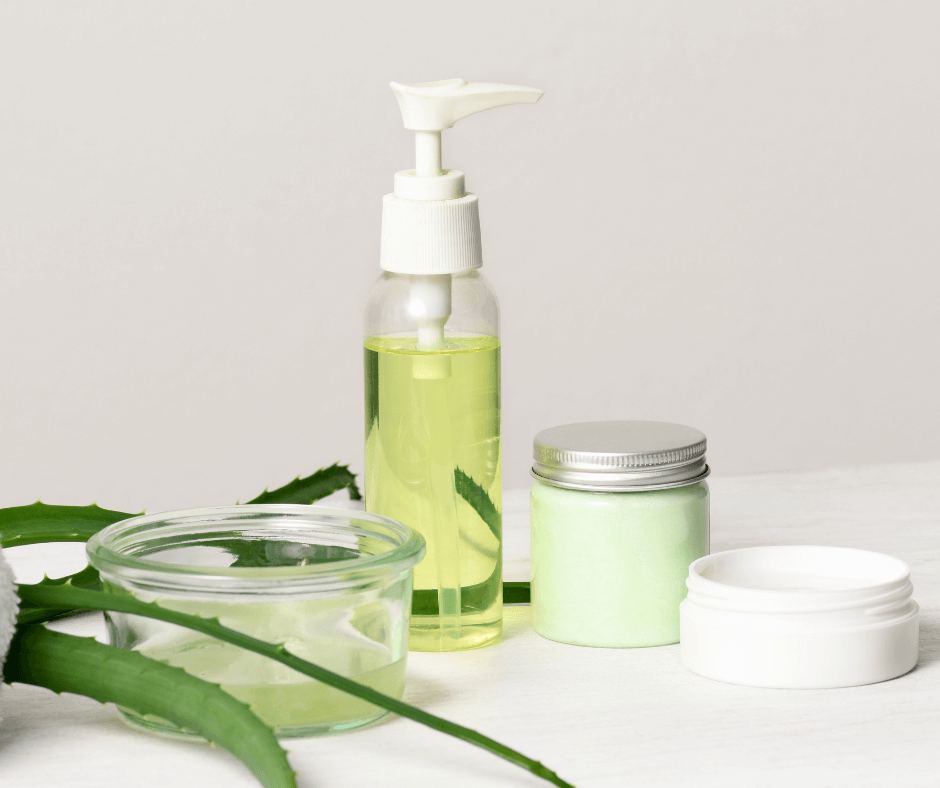
If you have healthy Aloe vera plants, then these recipes are a great way to use some of the wonderful properties on your skin.
Aloe vera liquid soap: With hand washing being essential around the globe these days, this healing aloe soap will also help repair skin.
Aloe vera hand sanitizer: When you can’t be near a sink, this healing sanitizer cleans hands on the go.
Aloe vera after-sun salve: When the summer sun gets the best of you, this salve is a great option for cooling the skin and helping with sunburn relief.



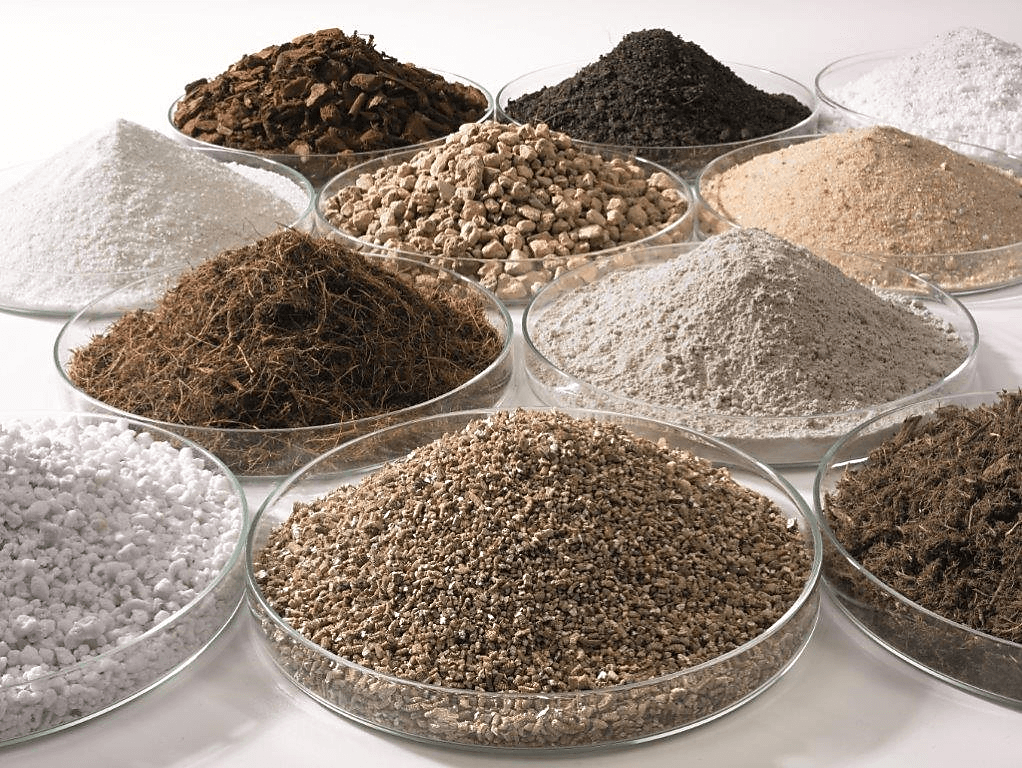
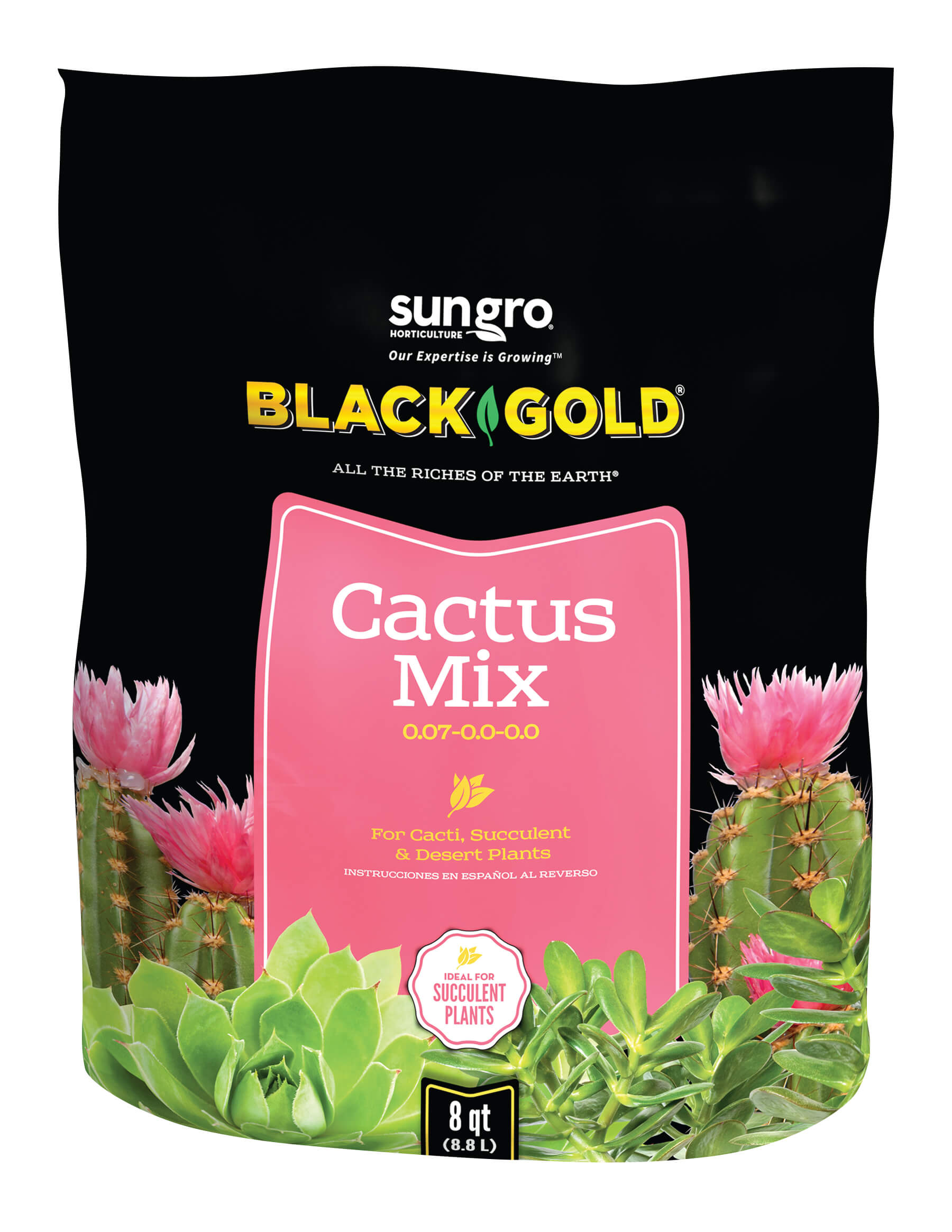

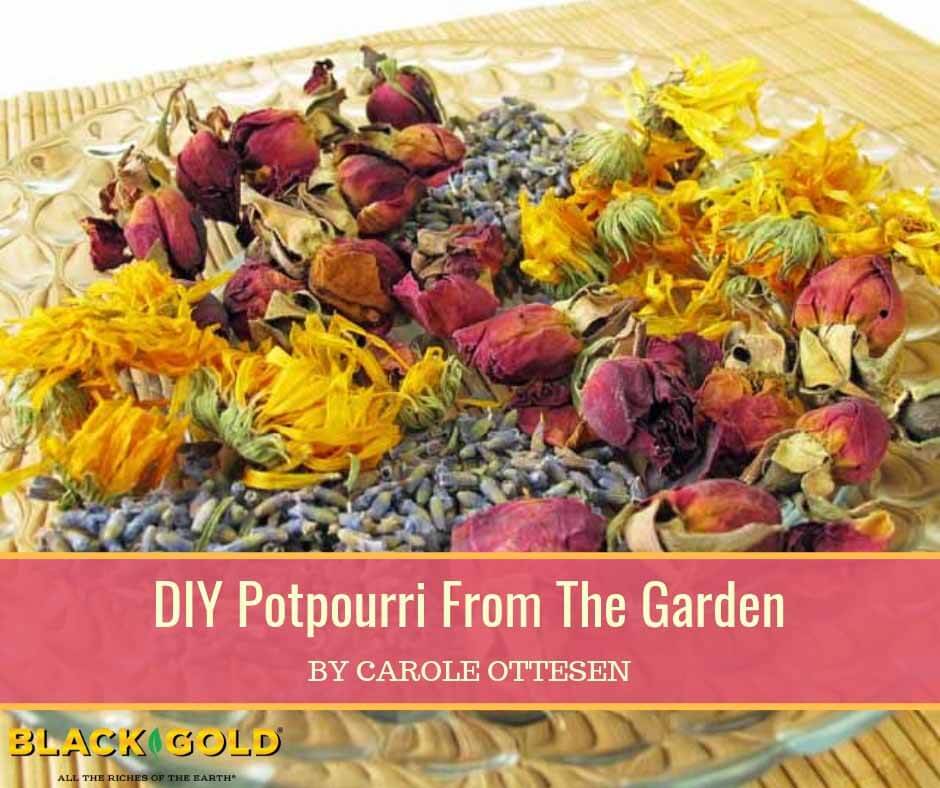
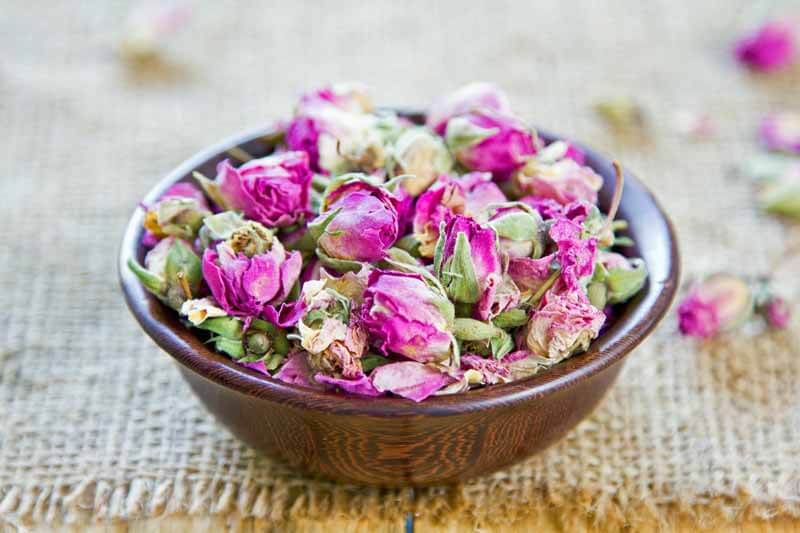
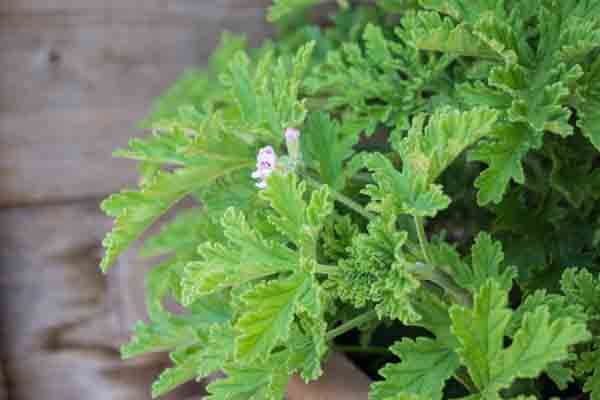
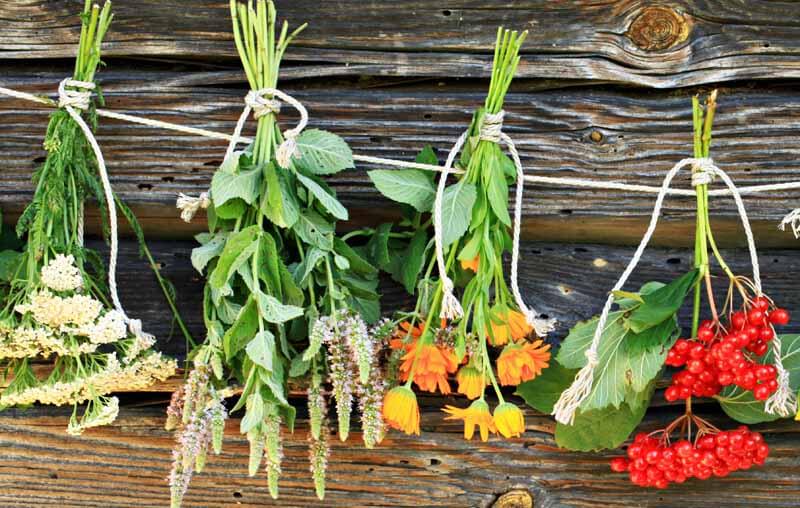
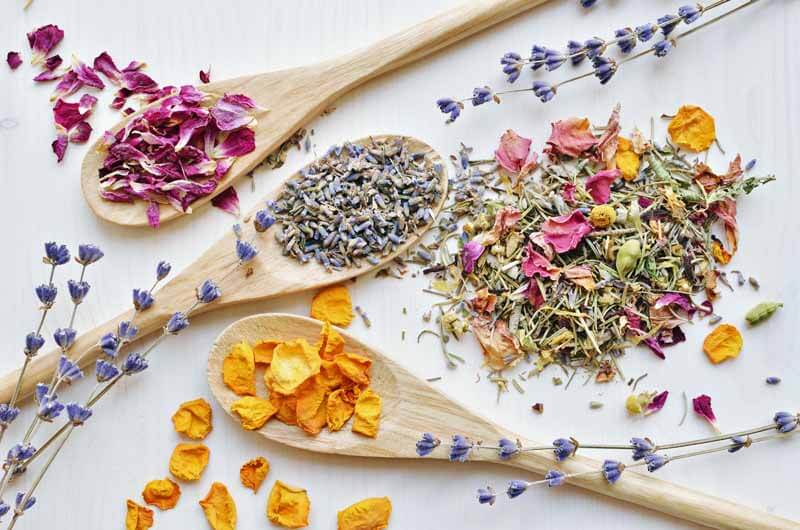
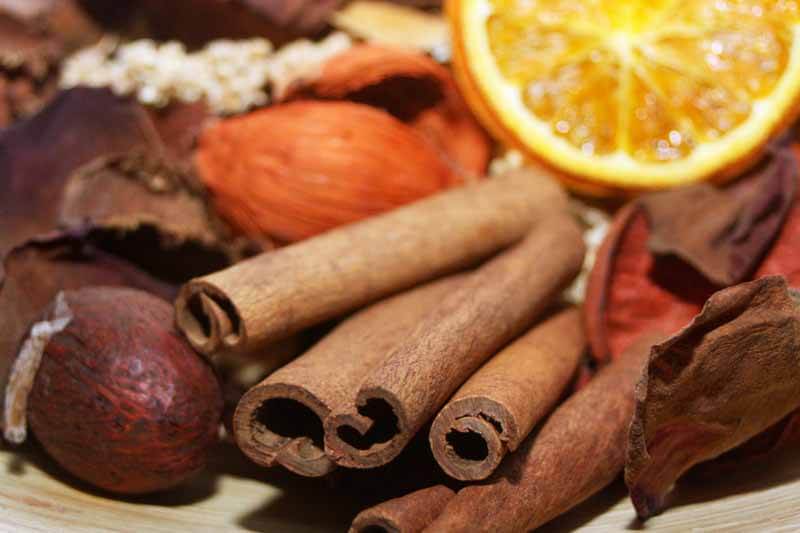
 Fajitas may seem like they have lots of ingredients, but they are so easy to make. It’s especially convenient (and more delicious) when half of the ingredients are from your garden. Making your own fajita marinade from scratch makes the recipe that much better. Most of the time is spent with the prep and fresh marinade. Cooking time is quick!
Fajitas may seem like they have lots of ingredients, but they are so easy to make. It’s especially convenient (and more delicious) when half of the ingredients are from your garden. Making your own fajita marinade from scratch makes the recipe that much better. Most of the time is spent with the prep and fresh marinade. Cooking time is quick!

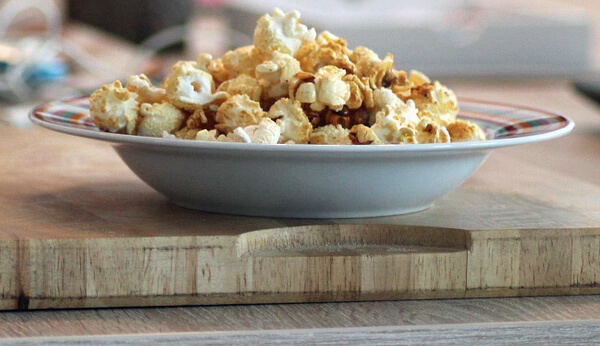
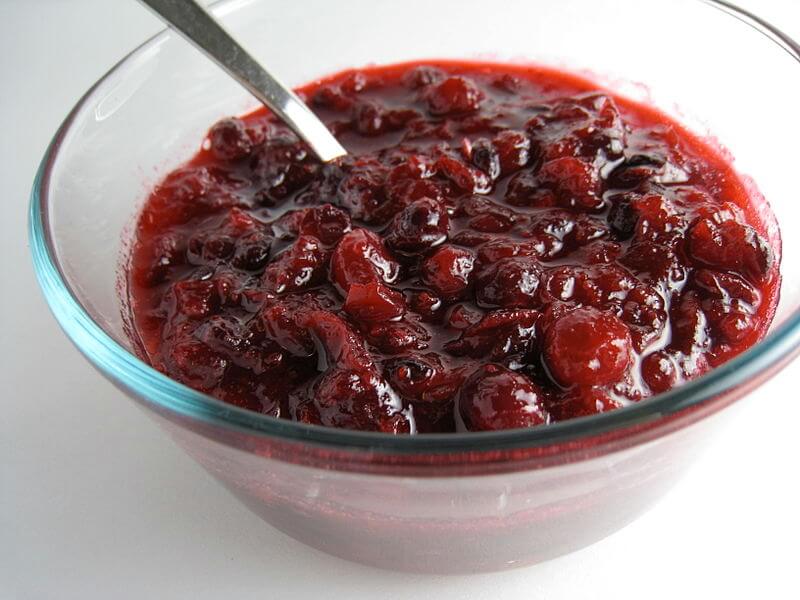

 Whipping up desserts is inevitable when you have kids, so why not add unexpected healthy ingredients to their sweet treats?This recipe offers a surprising twist on the classic chocolate chip cookie with the addition of kale! Chopped vitamin-rich kale leaves are added to the cookie dough, and believe it or not, the kids will never know!
Whipping up desserts is inevitable when you have kids, so why not add unexpected healthy ingredients to their sweet treats?This recipe offers a surprising twist on the classic chocolate chip cookie with the addition of kale! Chopped vitamin-rich kale leaves are added to the cookie dough, and believe it or not, the kids will never know!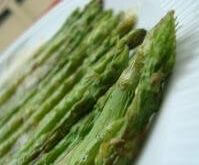 Asparagus is one of those foods that when barbecued needs little flavor enhancement because the natural flavors are so incredible on their own. It tastes even better then freshly picked from the garden in spring.
Asparagus is one of those foods that when barbecued needs little flavor enhancement because the natural flavors are so incredible on their own. It tastes even better then freshly picked from the garden in spring.